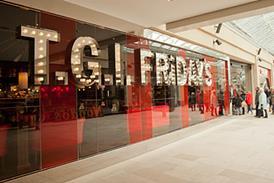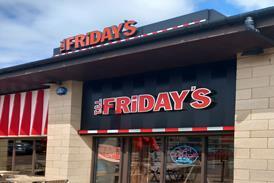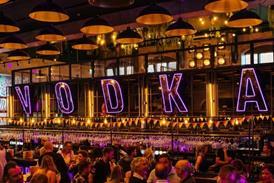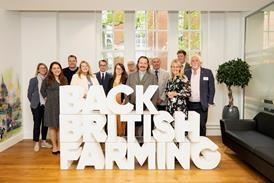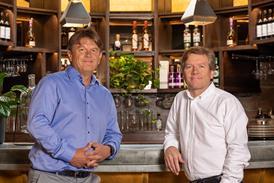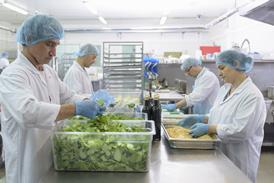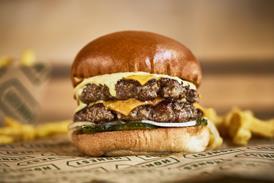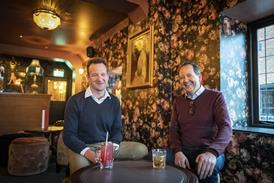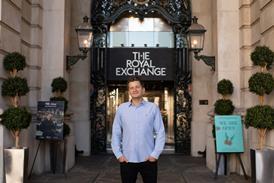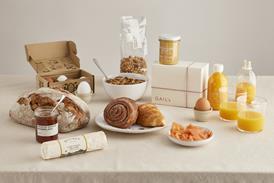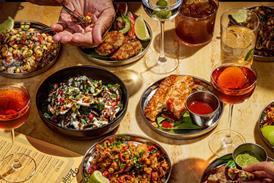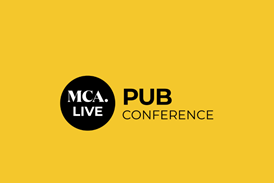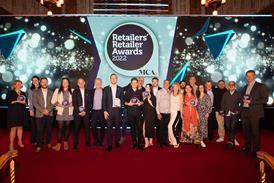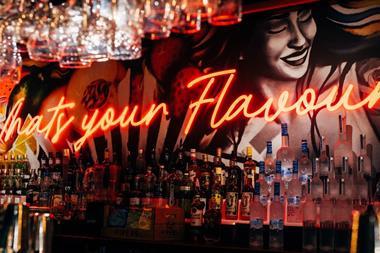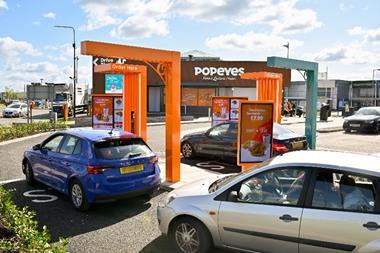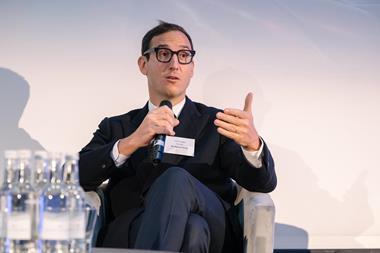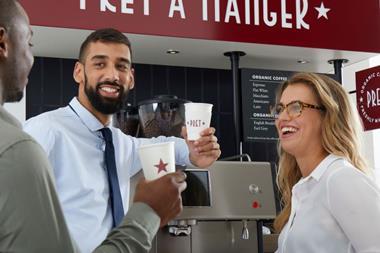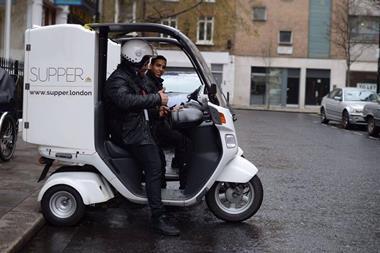When William Shu first moved to London from New York in 2004, he was shocked. He says: “I was negatively surprised by the high prices of goods and positively astonished by the amount of time people spent in pubs. The biggest shock though, was the lack of quality food available for delivery.
“I was working in Canary Wharf, at a job that required very long hours. Since I frequently worked past midnight, we were entitled to a £15 dinner allowance.
“The problem was, there were virtually no options for delivery. Back in New York, we had a catalogue full of menus from all sorts of restaurants – down-market, mid-market and upscale – which would deliver. But in London, I was forced to walk to either Chili’s, Burger King or Tesco to pick up my evening meal. Needless to say, I was not impressed and the lack of good delivery options further reduced my morale at a job that required 100-hour working weeks.”
Fast forward a few years, and the likes of Just-EAT and Hungryhouse were launched. “I, personally, was extremely excited,” says Shu. “The thought of pressing a few clicks on an online interface and receiving quality food in a short amount of time was precisely the New York experience that London was missing. However, I found that although companies like Just-EAT and Hungryhouse provide an online platform, they function solely as online marketplaces, which means they are not involved in the logistics of delivery and this can limit the options they offer.”
This important distinction implies that 1) high-quality restaurants are not likely to be listed and 2) delivery times are opaque.
Shu continues: “Even today, if you scan the restaurant list of these companies, they tend to represent what I call ‘The Big Five’: down-market Chinese, Indian, pizza, kebabs and fried chicken. Personally, I think these companies have done a great job of educating people about online food delivery, but in my opinion, the quality of the restaurants and the delivery times could be improved upon.”
Apprehensive beginnings
In Shu’s mind, there is a huge gap in the marketplace: the demand for high-quality food, delivered to people’s homes and offices, quickly and transparently.
He says: “We believe this market is worth approximately £6bn to £7bn. With that in mind, I launched Deliveroo with my co-founder Greg [Orlowski]. The idea is simple: deliver 1) high-quality food 2) quickly (in around 30 minutes, from the placing of the order to delivering to the doorstep) through an 3) elegant and transparent online experience while 4) utilising top-of-the-line restaurant packaging. Executing these pieces, however, is not simple.”
When Shu first approached restaurants in January 2013, the reaction was understandably apprehensive. “Owners were under the impression that we would need to call or fax the restaurant, which would greatly impact their in-house operations,” he says. “Other restaurants associated delivery with extremely low-end food, which also made sense. Some owners indicated that their restaurant would be too busy. Others were convinced that their food would not travel well, which is also an understandable concern. With all of this in mind, we set out to convince the restaurant owners otherwise.”
The online destination
Deliveroo built an end-to-end solution for consumers, restaurants and delivery drivers. A customer places an order online, which is then routed to the restaurant via an app on a tablet and printer that it provides. The restaurant only has to press “Accept” and “Send Driver” on the tablet.
Shu says: “Our back-end systems will automatically assign the order to a driver based on our algorithm, which we are constantly tweaking to improve it’s effectiveness. The driver receives the order on a smartphone app that directs him to the restaurant, indicates which items to pick up, and then pinpoints the destination. Our customer service representatives can view the entire transaction, including the location of the driver, in detail, at all times.
“All elements of the transaction are GPS and time-stamped, meaning we can identify errors in any transaction and for any restaurant in the aggregate, allowing Deliveroo and the restaurant to work out any kinks that there may be in the service. Our customers are also informed of each stage of the order life cycle. In addition, we are currently building our restaurant portal, which will allow restaurants to log in to the website and view different types of detailed performance analyses related to delivery.”
The company’s entire sales effort has been focused on partnering with high-quality restaurants. Shu states that the restaurant need not be expensive, but they must be of a high quality.
“The more high-quality restaurants on our platform, the more traffic we will reach, and therefore the more orders all restaurants will execute on our platform,” he says. “On-boarding these partners, and coupling that with our fast delivery times, means that we have become the online destination for high-quality food delivery. In fact, we have conducted in-depth analysis on customer ordering patterns. A typical customer may come to Deliveroo because they wanted a particular restaurant. However, over time, customers tend to order from a broad range of high-quality restaurants.”
Speed leads to repeat orders
“Deliveroo also affords restaurants full flexibility. In other words, with a click of a button on the app, the restaurant can close themselves on the platform if they find themselves overwhelmed. Likewise, they can also increase their food prep-time on the device. Communication between the restaurant and the customer is therefore achieved with one quick click, not numerous phone calls.
Since inception, Shu says that Deliveroo has executed more than 100,000 orders, with an average ‘customer experience’ time of 30 minutes. This can be further broken down into a kitchen prep + loading time of 22 minutes, and a delivery time of eight minutes.
He says: “Fast delivery times not only keep the food hot, but also engenders a high repeat-order rate. Restaurants need to be able to trust a third party to consistently deliver their high-quality products in a timely, and efficient manner. We achieve these delivery times by building a low-latency, high-throughput product that benefits customers, restaurants and our delivery fleet.
“We charge the restaurant a commission on each order, and the customer £2.50 (regardless of order size or delivery distance). As a result of our high-quality partners, fast delivery times and elegant digital experience, repeat customers order every 18 days from the Deliveroo platform. More than a third of our restaurant partners have seen at least a 5% uplift in weekly sales, with more than 10% seeing higher than 20% increases in revenues.”
The company is also investing in the production of top-of-the-line physical packaging, allowing it to help supply and advise on packaging for different types of food so it arrives in top condition.
Today, Deliveroo works with nearly 300 restaurants in Central London. Shu says: “We expanded in very structured catchment areas (to ensure fast delivery times), and will reach all target neighbourhoods in London by the end of 2014. We will also begin expanding throughout the UK in the near future, watch this space!”


